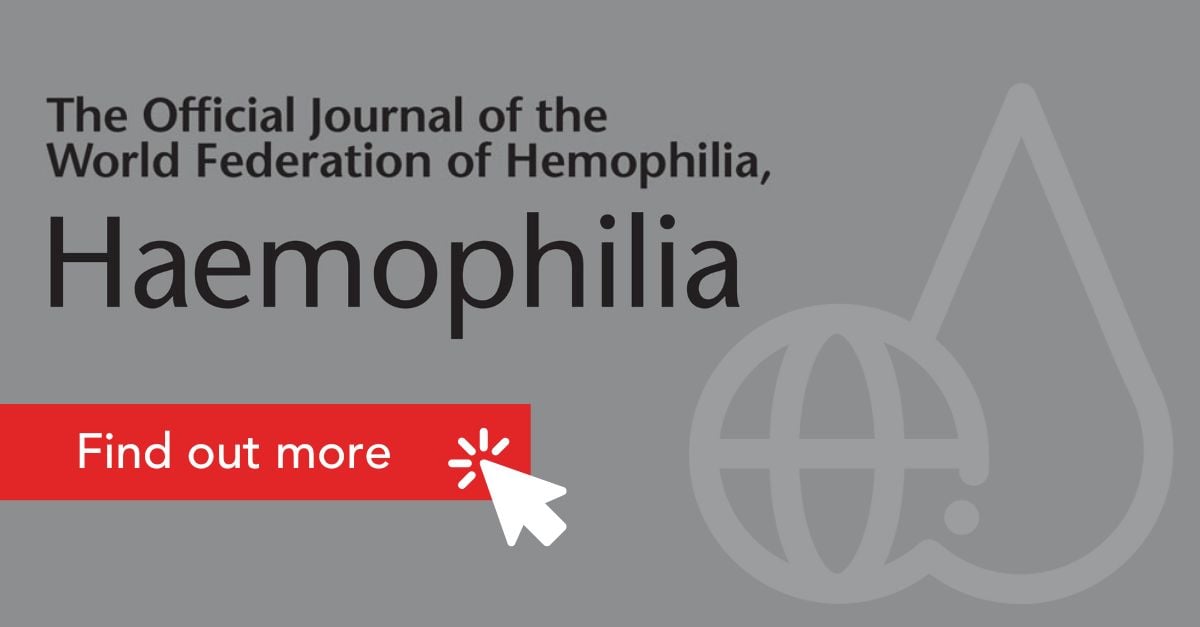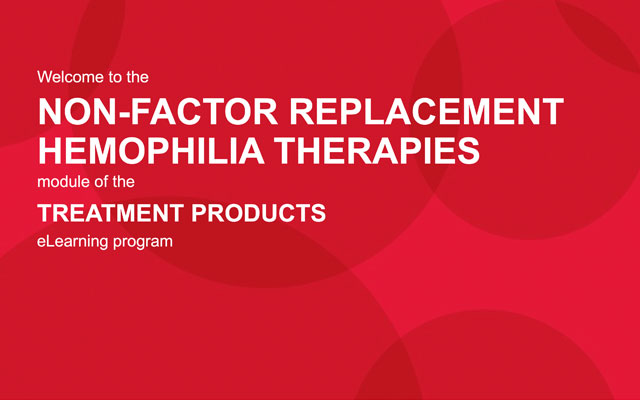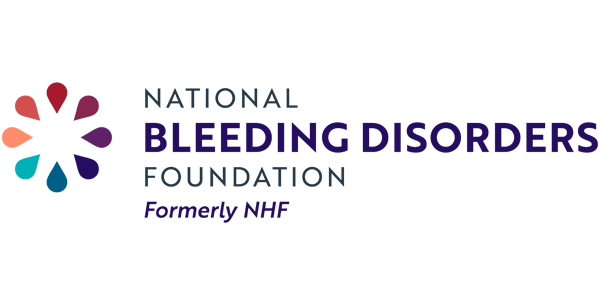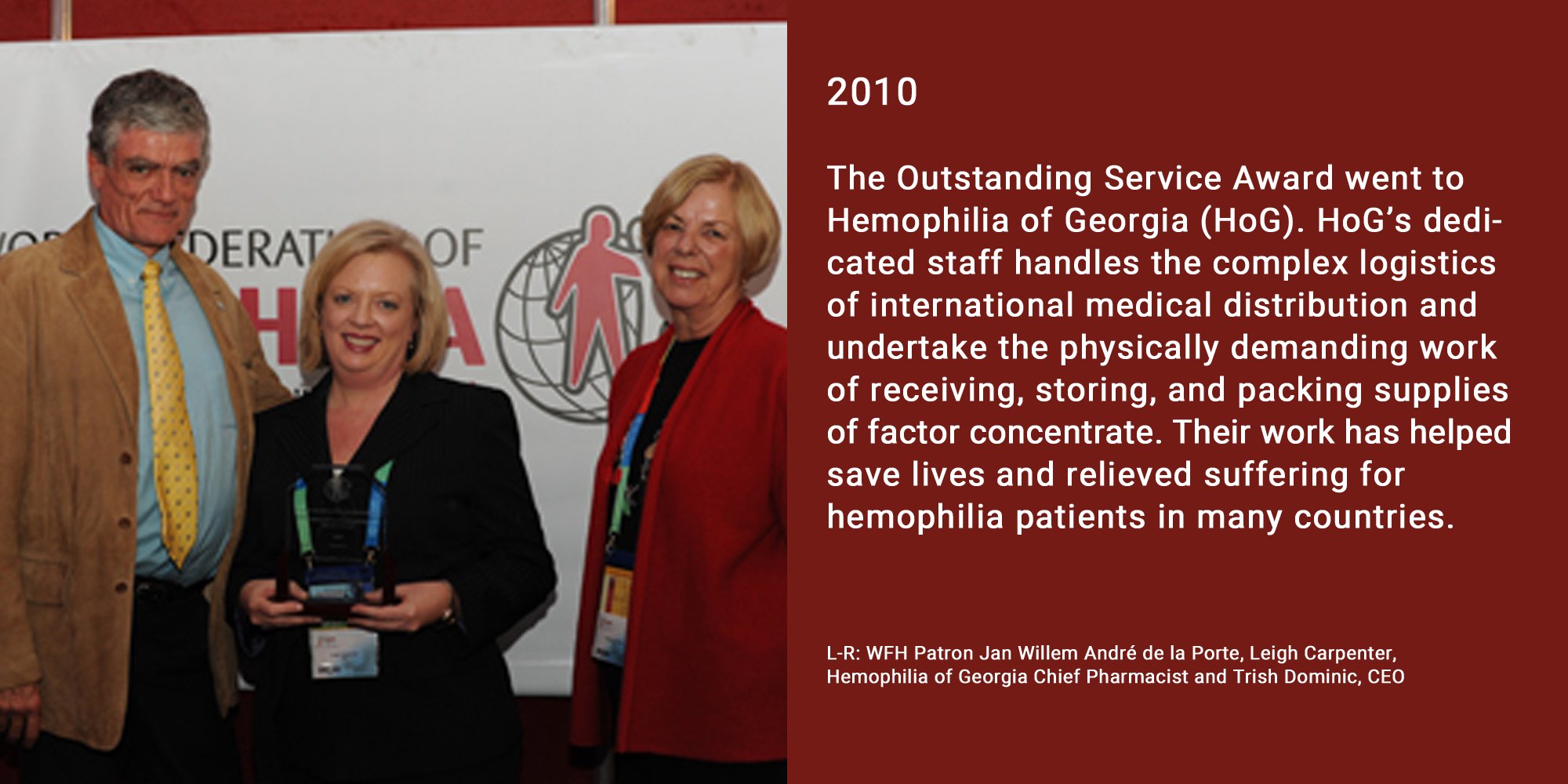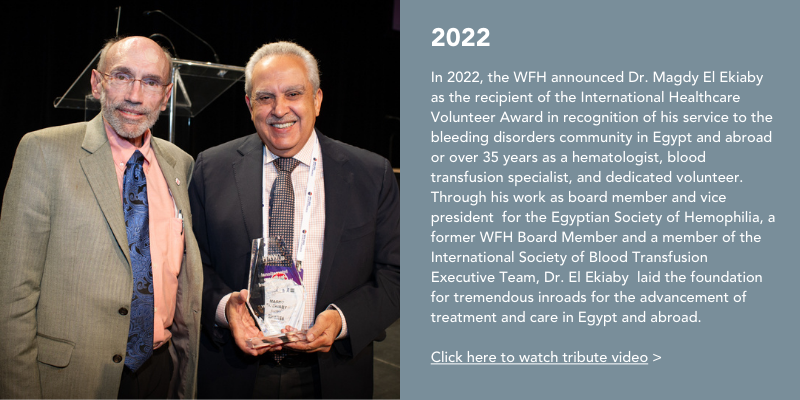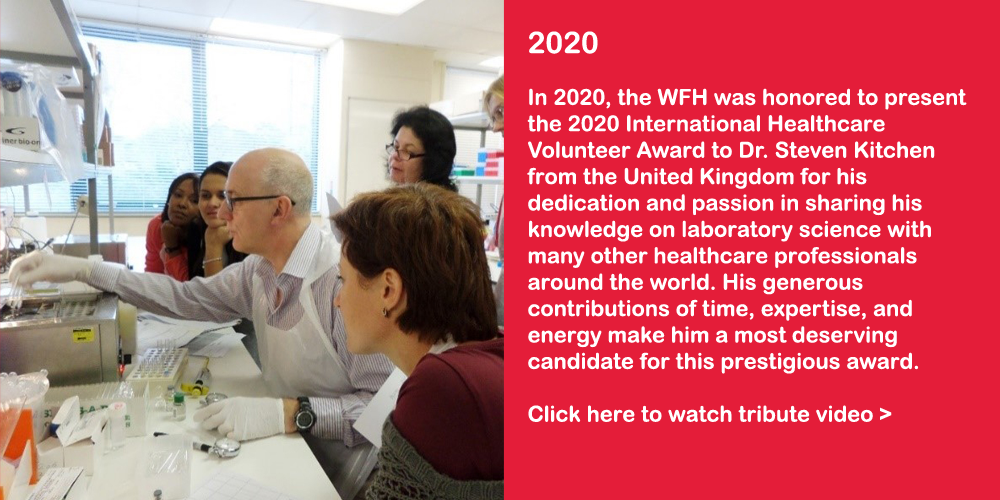For decades, the underlying principle of the management of hemophilia has been quite straightforward: replace the missing factor. As explained in Module 1 of the WFH Treatment Products eLearning Program, Introduction to Bleeding Disorders, clotting factors are essential to the natural process that stops bleeding, and the problem in many bleeding disorders is that one of those essential clotting factors—factor VIII (FVIII) in hemophilia A or factor IX (FIX) in hemophilia B—is missing, present at very low levels, or doesn’t function correctly. It makes sense then, that replacing that missing factor would be a good strategy to give the body back the ability to clot blood properly. Module 2 in the Program, Evolution of Treatment Products, explores all the different products that have been developed to do just that, from fresh frozen plasma to plasma-derived and recombinant clotting factor concentrates, each of which provide replacement FVIII and/or FIX. Even gene therapy, as explained in Module 3, Gene Therapy for Hemophilia, seeks to replace that missing FVIII or FIX by providing the body with a healthy copy of the gene so that it can make normal factor to replace the defective or absent protein resulting from its own gene. Hemostasis is the normal, physiological process that prevents excessive blood loss when bleeding occurs. It is tightly controlled as part of a fine balance—the hemostatic balance—between clotting (coagulation) and bleeding. The standard of care in hemophilia treatment is prophylaxis, which rebalances hemostasis by replacing the missing clotting factor with factor replacement products (procoagulants).
Module 4, Non-factor Replacement Hemophilia Therapies, recently published on the WFH eLearning Platform, presents exciting new approaches to rebalancing hemostasis by intervening at different points in the coagulation cascade, rather than providing replacement factor. Adapted from the global National Member Organization (NMO) Training 2018 plenary presentation by Glenn Pierce, WFH Vice President, Medical, this module is designed for individual self-directed or small-group learning. Written for people with bleeding disorders—and also their carers and advocates—it is also an excellent foundational resource for any healthcare professional.
As part of the Treatment Products eLearning Program, the module begins with a summary of some of the key concepts of modules 1 and 2: Introduction to Bleeding Disorders, and Evolution of Treatment Products. These two modules provide a comprehensive study of factor replacement therapies for bleeding disorders and reviewing them before embarking upon module 4 is highly recommended. The need for the development of innovative new approaches to the management of bleeding disorders is based upon an understanding of the standard of care for hemophilia, and prophylaxis with clotting factor concentrates.
Module 4 explores the concept of substitution therapy, a product that takes the place of FVIII or FIX in the coagulation cascade but is not replacement factor, through the example of the single such product that has been approved by regulatory agencies for the treatment of a bleeding disorder, at the time of writing: emicizumab.
The principles of intervening at other points in the coagulation cascade are presented through the examples of the anticoagulants, tissue factor pathway inhibitor (TFPI) and antithrombin (AT). The concept of inhibiting anticoagulants is likened to releasing the brakes that are naturally applied to blood clotting, with simple schematics illustrating the rebalancing of hemostasis.
The bleeding disorders community has decades of experience with the infusion of replacement clotting factors, and the safety and efficacy of these are well understood. Non-factor replacement therapies are very different and much more research into their safety and efficacy is required. The potential implications of releasing the brakes that are naturally applied to the coagulation process to prevent thrombosis are discussed in the module. The management of hemophilia with non-factor replacement therapies is also very different to factor replacement: the principle “if in doubt, treat” does not apply and must be replaced with an urgent action plan to deal with microbleeds or breakthrough bleeds. The module details how people with hemophilia and their comprehensive care team of healthcare professionals must take into consideration the impact these therapies may have on assays and medical procedures, and in combination with other treatment products.
Illustrations and interactive features in the module make this complex content easy to follow, while the glossary and linked resources provide more in-depth explanations. Fun quizzes and progress checks allow the learner to assess their understanding, and point back to specific sections for re-study if necessary.
After decades of a single approach, replacement factor infusion, the treatment landscape for the management of hemophilia is rapidly evolving and numerous exciting research avenues are being pursued. “The detailed but clear explanations of non-factor replacement therapies presented in this module meet an important need for foundational knowledge in the bleeding disorders community,” states Glenn Pierce, “People have a lot of questions about how these treatments may work, and what they might mean for the management of their own bleeding disorder. This module gives them a solid basis from which to start a discussion with their healthcare provider, and follow research developments.”
The Treatment Products eLearning Program provides foundational information about the basis of inherited bleeding disorders and the different approaches to treating them, both established and experimental:
- Introduction to Bleeding Disorders (Module 1)
- Evolution of Treatment Products (Module 2)
- Gene Therapy for Hemophilia (Module 3)
- Non-factor Replacement Hemophilia Therapies (Module 4)
As research continues, learners are advised to consult the most recent clinical trial reports and local regulatory agency websites for the very latest developments.
